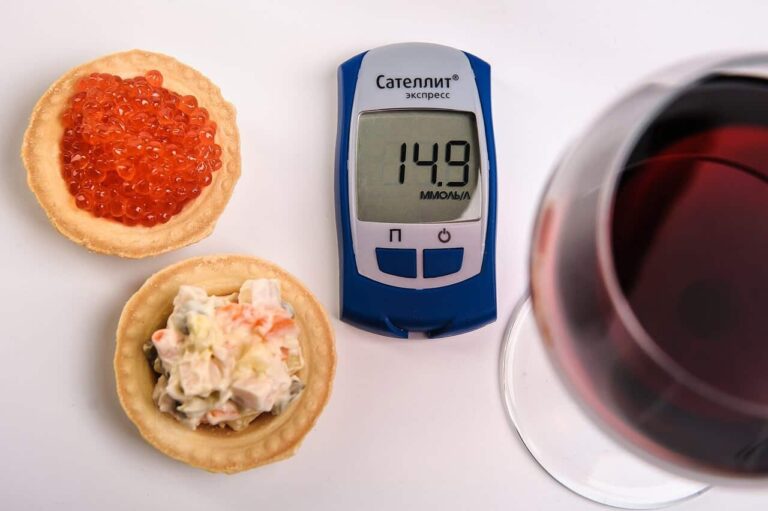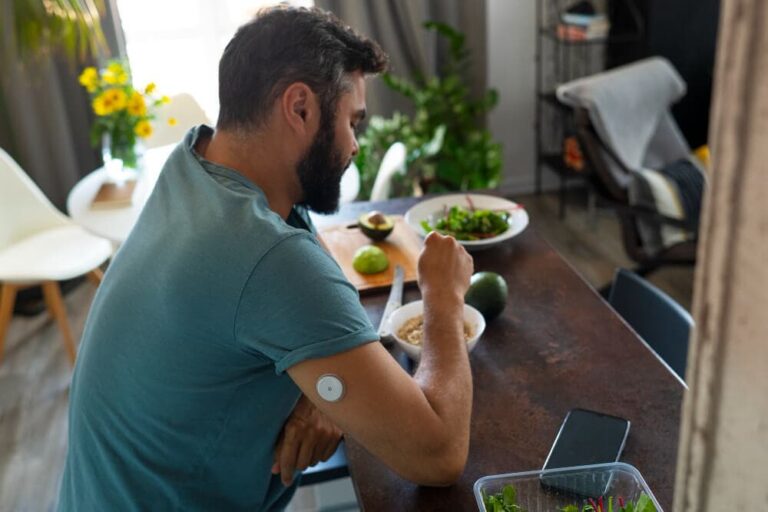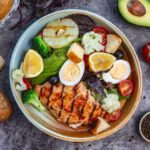Ah, the holiday dinner table. The office party. The friendly neighborhood barbecue. These are the natural habitats of the “well-meaning but wildly misinformed” commentator.
If you have Type 1 Diabetes, you know exactly who I’m talking about. It’s the person who squints at your dessert and asks, “Should you be eating that?” Or the one who offers unsolicited advice about a “miracle cure” they saw on the internet involving cinnamon and positive thinking.
Living with T1D is a full-time job. Acting as a walking, talking myth-debunking machine for the general public? That’s the unpaid, emotionally draining overtime.
So, for our collective sanity, let’s arm ourselves. Let’s create a definitive, shareable, “actually, it’s more complicated than that” guide. Here are the top seven most annoying myths about Type 1 Diabetes we are absolutely sick of hearing—and the real, glorious truth.
Pre-Rant Disclaimer: This post is fueled by years of eye-rolls and a healthy dose of sass. It’s also backed by science. As always, I’m not a doctor, just a tired-of-explaining-it T1D. For medical advice, talk to a real medical professional, not your Aunt Carol.
Myth #1: “You got it because you ate too much sugar as a kid, right?”
The Annoyance Level: 10/10. This is the OG of offensive myths. It’s the equivalent of asking someone who got struck by lightning if they were standing in a thunderstorm holding a metal rod. It’s victim-blaming, plain and simple.
The Truth: Type 1 Diabetes is an autoimmune disease, not a lifestyle disease. Think of it this way: your body’s immune system is supposed to be a highly-trained security team that attacks invaders like viruses. In T1D, that security team has a major glitch. It mistakenly identifies your own insulin-producing beta cells in the pancreas as the enemy and launches a full-scale, friendly-fire attack, destroying them.
No amount of sugar, or lack thereof, causes this. It has nothing to do with diet or exercise. It just… happens. The exact “why” is still being researched, but it involves a mix of genetic predisposition and environmental triggers.
The exact “why” is still being researched, but it involves a mix of genetic predisposition and environmental triggers.
Myth #2: “Oh, you have the bad kind of diabetes.”
The Annoyance Level: 8/10. This one usually comes from a place of sympathy, but it creates a harmful and unnecessary hierarchy.
The Truth: There is no “good” or “bad” kind of diabetes. There are just different kinds. Both Type 1 and Type 2 Diabetes are serious, chronic conditions that require diligent management. Comparing them is like comparing a shark attack to a bear attack. Both are life-threatening, and arguing about which is “worse” is pointless and disrespectful to everyone involved. T1D is an autoimmune condition requiring lifelong insulin for survival. T2D is a metabolic condition that can often be managed with lifestyle, oral medications, and sometimes insulin. Different biology, same need for respect.
Myth #3: “Can’t you just cure it with a special diet or exercise?”
The Annoyance Level: 9/10. Ah, the “miracle cure” myth. Often pushed by people selling something or those who confuse T1D with early-stage T2D.
The Truth: There is currently no cure for Type 1 Diabetes. Let’s be crystal clear. Diet and exercise are critically important management tools. They help us use our insulin more effectively and stay healthy. But they cannot bring a destroyed pancreas back to life. No amount of keto, kale, or CrossFit will make our beta cells magically regenerate. If it were that simple, we’d all be “cured.” Insulin is not optional; it is life support.
Myth #4: “But you don’t look sick…”
The Annoyance Level: 7/10. A classic “invisible illness” comment. People expect to see a visible sign of struggle, and when they don’t, they doubt the severity of the condition.
The Truth: You’re not seeing the 3 a.m. hypo where we’re chugging juice on the kitchen floor. You’re not seeing the constant mental calculations for every single bite of food. You’re not seeing the anxiety of packing for a trip, the frustration of a faulty infusion set, or the physical toll of a stubborn high blood sugar. T1D is a relentless, 24/7 internal battle. The fact that we can navigate the world, hold down jobs, and look “normal” is a testament to our resilience, not a sign that the disease isn’t serious.
Myth #5: “So, if you just avoid carbs and sugar, you’ll be fine, right?”
The Annoyance Level: 8/10. This myth oversimplifies the entire condition and ignores the basic functions of the human body.
The Truth: You can’t just “avoid carbs.” Even if you ate a zero-carb diet (which is incredibly difficult and not recommended for most), your body still needs insulin. Your liver naturally releases glucose to fuel your brain and body, even when you’re fasting. Hormones, stress, illness, and exercise all impact blood sugar. Basal (background) insulin is required to manage these non-food factors. Life itself requires insulin.
Myth #6: “If you just take your insulin, your blood sugar will be perfect.”
The Annoyance Level: 10/10. This might be the most frustrating myth for those of us in the trenches. It implies that any high or low blood sugar is a result of personal failure or laziness.
The Truth: Dosing insulin is like trying to hit a moving target, in the dark, during an earthquake. We are acting as a manual pancreas, a role an organ is supposed to do perfectly and automatically. We have to manually account for over 42 documented factors that can affect blood sugar, including:
- The type of food (fat and protein delay carb absorption)
- The timing of the dose
- The amount of sleep you got
- Hormonal fluctuations
- The weather (yes, really)
- Stress levels
Expecting a perfect blood sugar is like expecting a pilot to land a plane perfectly in a hurricane every single time. It’s an impossible standard.
Myth #7: “My grandma has diabetes. She just takes a pill.”
The Annoyance Level: 6/10. A simple case of mistaken identity.
The Truth: Your grandma most likely has Type 2 Diabetes. In T2D, the body still produces some insulin, but it doesn’t use it effectively (insulin resistance). Oral medications can help the body use its own insulin better or reduce the amount of sugar the liver produces. In T1D, the problem isn’t insulin resistance; it’s an insulin absence. The factory has been shut down. You can’t improve the efficiency of a factory that’s no longer there. We need to import the product (insulin) from an external source just to stay alive.
Final Thoughts: Armed with Truth
Dealing with these myths about Type 1 Diabetes is exhausting. But every time we patiently (or not-so-patiently) correct one, we’re making the world a slightly easier place for the next T1D who comes along.
So print this out. Memorize it. Or just send the link. Because you have enough to manage without also being a full-time public educator. Now, go enjoy that dessert you perfectly bolused for. You’ve earned it.











